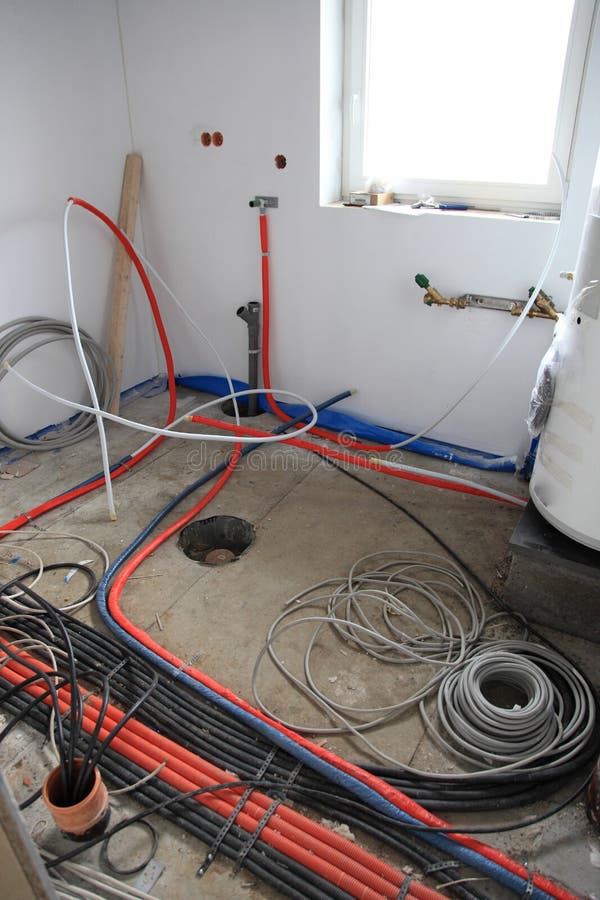Debunking Electric Setup: Understanding Codes and Regulations for a Legal and Safe Setup
In the world of electrical setup, adherence to codes and laws is extremely important to make sure both legitimacy and security. The intricacies bordering electric work can be overwhelming, yet familiarizing oneself with the well established requirements is key to navigating this area with confidence. By recognizing the details of the National Electric Code and neighborhood building regulations, individuals can ensure that their installations meet required precaution and are in conformity with the regulation. Nevertheless, the trip to debunking electrical installation exceeds simple knowledge with policies; it necessitates a profound understanding of just how to execute safe electrical techniques efficiently.
Importance of Electrical Codes
The adherence to electrical codes is crucial in making certain the safety and dependability of electric installments. Electrical codes act as a set of requirements and standards that determine the proper layout, installment, and upkeep of electric systems. These codes are established to decrease the danger of electric dangers, fires, and other security concerns that might emerge from malfunctioning electric work.
Additionally, electric codes are frequently updated to include brand-new modern technologies, ideal methods, and precaution. Staying updated with these codes is necessary for experts in the electrical industry to make certain that their job fulfills the most recent safety criteria. Eventually, the value of electric codes hinges on creating a protected and efficient electrical framework that profits both individuals and areas.
Trick Regulations for Safety
Several basic guidelines control the safety and security standards in electric setups. One key law is the National Electric Code (NEC), which offers guidelines for secure electric style, setup, and evaluation to secure people and building from electric threats. The NEC covers facets such as wiring approaches, grounding, overcurrent protection, and tools installment to guarantee a safe electric system.
One more vital guideline is the Occupational Security and Health Management (OSHA) requirements, which concentrate on the safety of workers involved in electrical setups (BRE Electrical). OSHA policies consist of needs for appropriate training, safety and security procedures, and individual safety equipment to avoid workplace mishaps and injuries
Moreover, the International Electrotechnical Compensation (IEC) standards aim to harmonize electric setup laws on a global range. These standards address problems like electrical tools security, electro-magnetic compatibility, and power efficiency to promote uniformity and security in electric setups worldwide.
Compliance with these crucial policies is important to make certain the security and validity of electric setups, securing both people and residential property from the dangers associated with electrical power.
Recognizing National Electric Code
Secret laws such as the National Electric Code (NEC) offer necessary standards for safe electrical design, installation, and inspection to ensure the security of individuals and residential property from electric hazards. The NEC, additionally referred to as NFPA 70, is a thorough collection of criteria for electrical installations that are updated every 3 years. It is established by the National Fire Security Association (NFPA) and is widely taken on throughout the United States.
The NEC covers different aspects of electrical work, including circuitry techniques, grounding, overcurrent protection, and tools installment. It aims to secure individuals and residential or commercial property by addressing prospective threats connected with electric systems. Compliance with the NEC is normally enforced by local authorities having jurisdiction (AHJs), such as constructing code authorities and examiners.
Understanding the NEC is crucial for electric professionals, designers, and assessors to ensure that setups satisfy the essential safety demands. By sticking to the NEC guidelines, experts can help prevent electrical crashes and guarantee the reliability of electric systems in domestic, industrial, and industrial setups.

Conformity With Local Building Codes
Recognizing and adhering to local structure codes is necessary for making sure the security and conformity of electric installments within a particular jurisdiction. These codes outline certain needs for electric setups, such as the type of wiring to be made use of, positioning of outlets, grounding techniques, and lots capacities.
When it pertains to electric setups, failure to abide with local BRE Electrical building regulations can result in severe consequences. Non-compliant installations may posture safety threats, boost the threat of electrical fires, and lead to expensive penalties or lawful concerns. In addition, insurance provider might reject to cover problems arising from installments that do not meet local building regulations demands. It is essential for electrical contractors and service providers to remain notified around and strictly stick to the regional structure codes appropriate to their projects.
Ensuring Safe Electric Practices
Exercising rigorous adherence to established safety and security protocols is vital in the area of electrical setups to alleviate possible threats and make sure the health of people and buildings. Safety and security in electrical work incorporates different facets, starting with the proper training of workers associated with installment, upkeep, and repair service. It is crucial to adhere to supplier directions meticulously when taking care of electrical components and devices. Before starting any job, it is vital to conduct a thorough threat evaluation to identify potential risks and execute safety nets. Making use of individual safety equipment (PPE) such as insulated handwear covers, security glasses, and non-conductive footwear is non-negotiable to secure versus electric shocks and arc flashes. Routine tools assessments, testing, and upkeep timetables are essential to spot and rectify mistakes prior to they intensify into security hazards. Additionally, adherence to proper lockout-tagout treatments during upkeep activities is important to stop unintentional energization of circuits. By prioritizing risk-free techniques, electric installments can work successfully while decreasing the possibility of accidents or damage.
Verdict
In verdict, adherence to electrical codes and guidelines is crucial for making certain the safety and security and legality of electrical installments. Understanding the National Electric Code and compliance with local building regulations are important for a safe arrangement. By following these standards and exercising risk-free electrical methods, individuals can avoid potential threats and guarantee the appropriate functioning of their electrical systems.